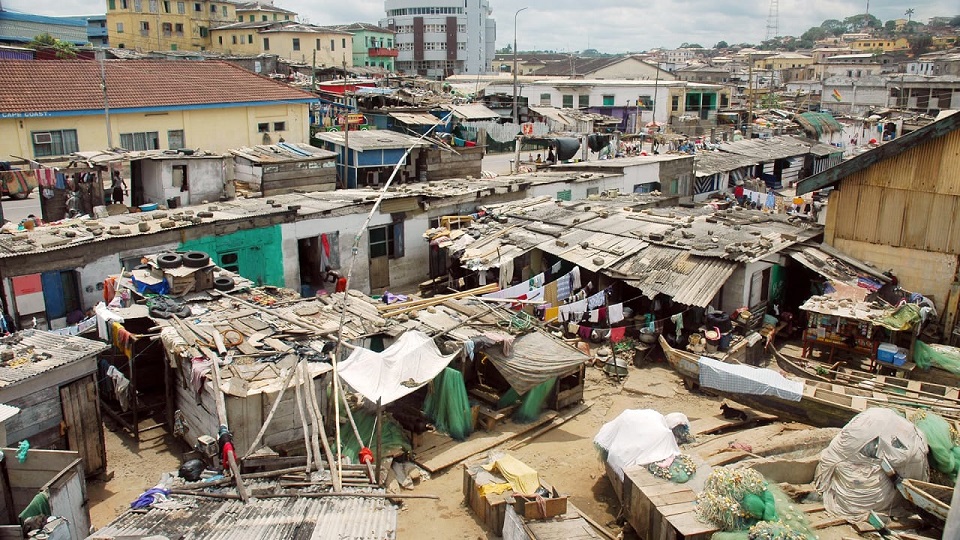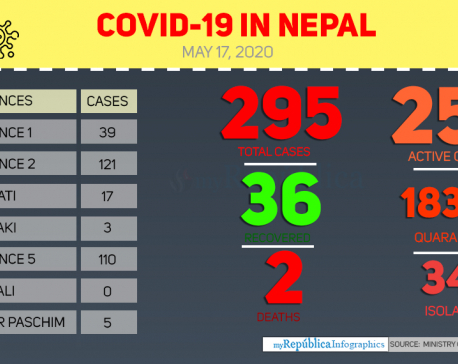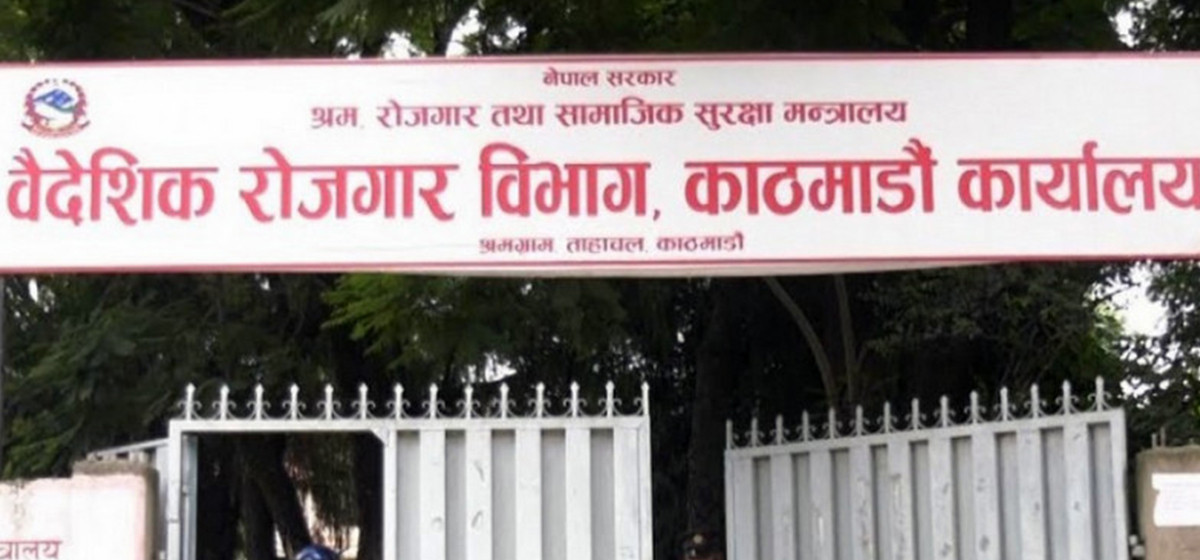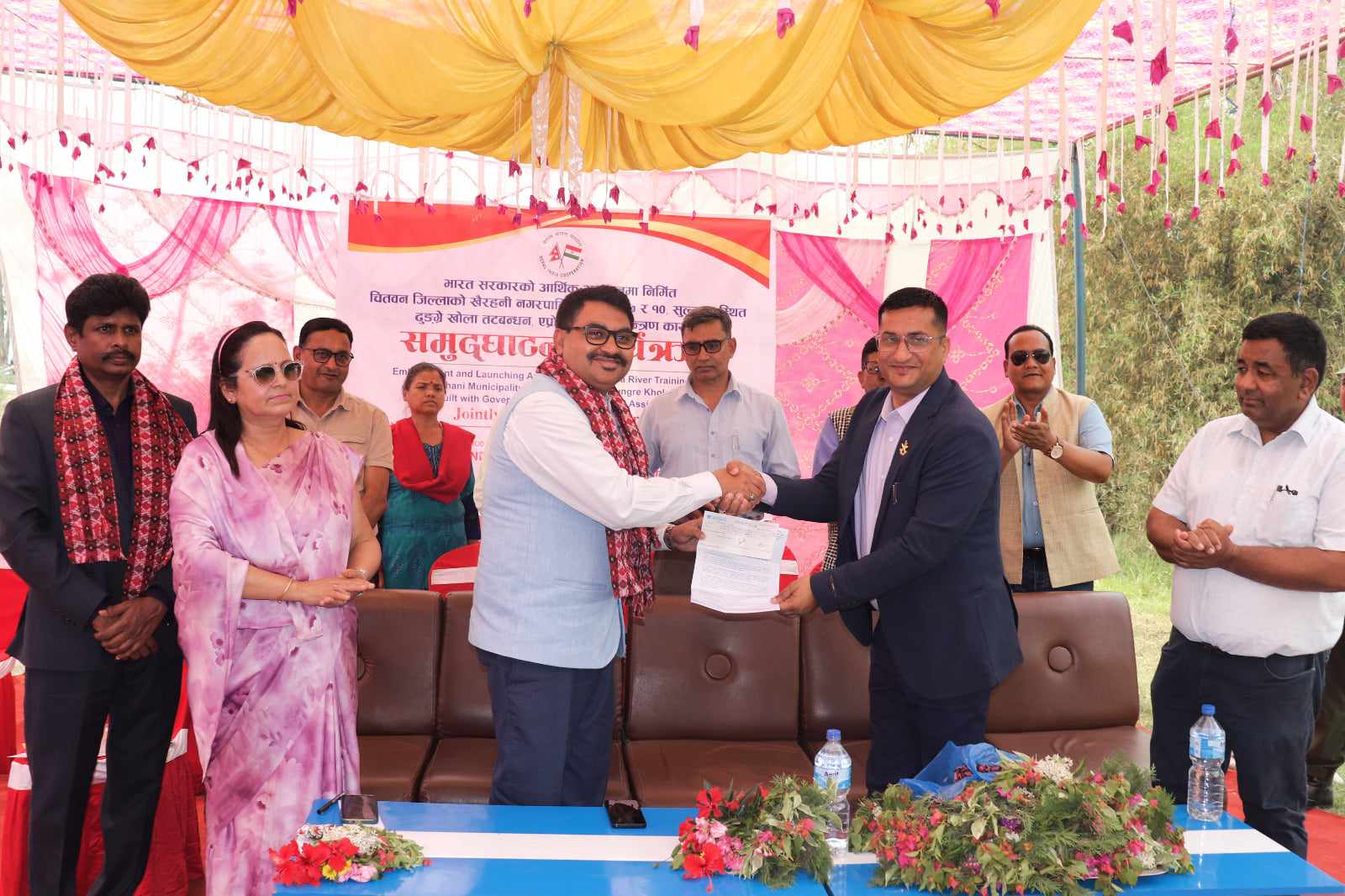
OR
Nepal among countries to significantly reduce their multidimensional poverty level: Oxford study
Published On: July 20, 2020 03:23 PM NPT By: Republica | @RepublicaNepal

KATHMANDU, July 20: Nepal is among the countries that were able to significantly reduce their multidimensional poverty level in the past 20 years, according to a new study based on the multidimensional poverty index developed at the University of Oxford and used by the UN Development Program (UNDP) in its Human Development Reports.
The data released by the UNDP and the Oxford Poverty and Human Development Initiative (OPHI) showed that Nepal and Bangladesh reduced poverty faster than India between the years 2000 and 2019. The success of these two countries to reduce poverty despite their relatively low income is attributed to the effectiveness of their social policy investment along with civil society engagement.
The report titled ‘Charting Pathways Out of Multidimensional Poverty: Achieving SDGs’ said Nepal has made significant strides in reducing multidimensional poverty almost by half over the last one and a half decades. The progress, however, is not proportionate across the provinces, as highlighted by the MPI report published by the National Planning Commission of the Government of Nepal in 2018. Almost half of the population of Province 2 and Karnali Province are still multidimensionally poor as compared to just 12 percent of Bagmati Province.
Although the progress against the multiple dimensions of poverty was made before the pandemic, there are concerns that all the gains made over the past several years are now at risk. “It is everybody’s duty to safeguard those development gains achieved over decades. This is the time for solidarity to support not only those we knew were in extreme poverty but also those who came out and are falling back,” the UNDP Resident Representative Labe said.
“Our focus should be on those who are coping with hunger everyday, do not have access to medical services or schools, on those children who are falling behind their schoolwork, on those parents who are falling behind on the house rent or utility bills and ending up in selling the bare minimum assets to survive,” she further said.
The report showed that 65 out of 75 countries studied significantly reduced their multidimensional poverty levels during the study period. Of the 65 countries that reduced their MPI value, 50 also reduced the number of people living in poverty. Nepal was able to lift some four million people out of poverty in the past five years alone, according to the report.
As the poorest regions in the time periods studied, South Asia and Sub-Saharan Africa had the largest annualized absolute reductions in multidimensional poverty. Three South Asian countries including Bangladesh, India and Nepal were among the 16 fastest countries to reduce their MPIT value.
The poverty measure used by the global Multidimensional Poverty Index is said to be unique in capturing the simultaneous disadvantages experienced by poor people such as malnutrition, education and sanitation. The study of these aspects of people’s lives are said to provide a high-resolution lens on their lives.
Director of OPHI at the University of Oxford Sabina Alkire said although COVID-19 is having a profound impact on the development landscape the data from before the pandemic is a message of hope. “Past success stories on how to tackle the many ways people experience poverty in their daily lives, can show how to build back better and improve the lives of millions,” a press statement issued by the UNDP quoted Alkire as saying.
While data is not yet available to measure the rise of global multidimensional poverty after the pandemic, simulations for 70 countries in the developing world, based on the anticipated impacts of the virus on just two components of the global MPI – nutrition and school attendance – suggests how much impact the crisis could have unless it is addressed.
In three scenarios of varying deterioration in which 10, 25 and 50 percent of people who are multidimensionally poor or vulnerable become undernourished, and half of primary school-aged children no longer attend school, poverty levels could be set back 8 to 10 years. But even if we look only at the impact on nutrition, if anticipated increases in undernutrition are not prevented or swiftly reversed, the setback could range between 3–6 years, the UNDP said.
“COVID-19 is the latest crisis to hit the globe, and climate change all but guarantees more will follow soon. Each will affect the poor in multiple ways. More than ever, we need to work on tackling poverty – and vulnerability to poverty - in all its forms. This is why the Multidimensional Poverty Index is so important” the statement quoted Director of the Human Development Report Office at UNDP Pedro Conçeicão as saying.
Among the 1.3 billion people still living in multidimensional poverty today, more than 80 percent are deprived in at least five of the ten indicators used to measure health, education and living standards in the global MPI. The data also reveals that the burden of multidimensional poverty disproportionately falls on children. Half of the 1.3 billion poor have not yet turned 18. While 107 million are 60 or older.
You May Like This

Health ministry confirms three new COVID-19 cases, number of total cases reaches 295
KATHMANDU, May 17: Nepal reported three new cases of COVID-19 on Sunday evening, taking the national tally to 295. ... Read More...

Dhurmus, Suntali to build ‘a Nepal within Nepal’
KATHMANDU, June 5: After successfully completing three settlement projects for earthquake victims and other communities, the actor couple Sitaram Kattel (Dhurmus)... Read More...





Just In
- DoFE requests relevant parties to provide essential facilities to foreign workers traveling abroad
- Foundation stone laid for building a school in Darchula with Indian financial assistance
- 151 projects to be showcased for FDI in Third Investment Summit
- Police disclose identity of seven individuals arrested with almost 2 kg gold and more than Rs 10 million in cash
- NIMSDAI Foundation collaborates with local govt for Lobuche Porter’s Accommodation Project
- Home Ministry directs recalling security personnel deployed for personal security against existing laws
- Fake Bhutanese refugee case: SC orders continued pre-trial detention for seven individuals including former DPM Rayamajhi
- ADB Vice-President Yang pays courtesy call on PM Dahal














Leave A Comment